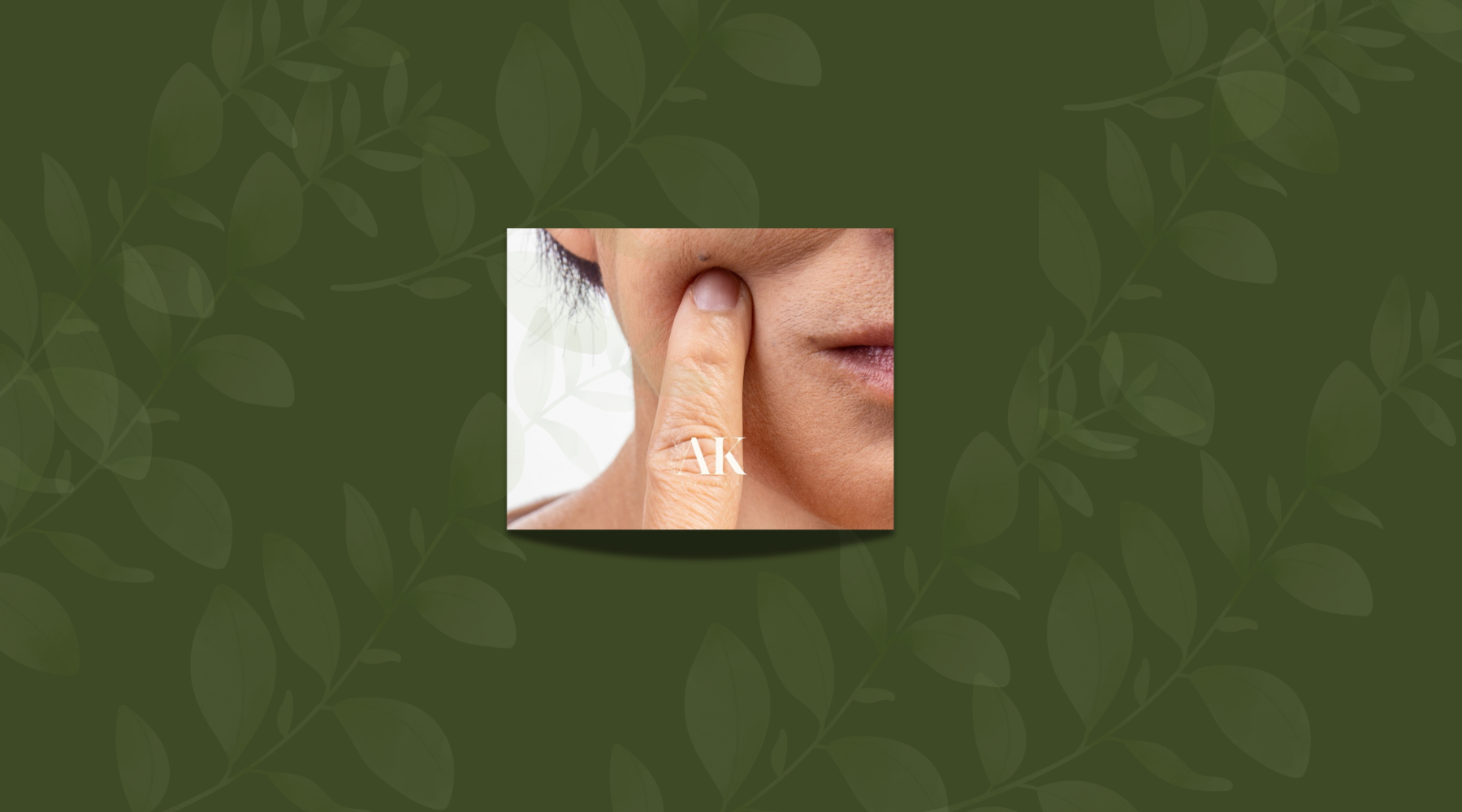
How to Identify Precancerous Skin Spots
You may feel the sun's warm embrace more intensely than others. However, this beautiful connection to nature comes with a heightened responsibility to care for your skin. Understanding how to identify precancerous skin spots is essential for safeguarding your health and ensuring your skin thrives. These spots, often the result of prolonged sun exposure, can develop into skin cancer if left untreated. Embracing early detection can empower you to take proactive steps toward nurturing your skin’s well being.
Understanding and How to Identify Precancerous Skin Spots
Precancerous skin spots, commonly known as actinic keratoses (AKs), manifest as rough, scaly patches on sun-kissed areas of the skin. These spots are especially prevalent in individuals with fair complexions, light eyes, and hair, as their skin has less melanin to shield against the sun’s ultraviolet (UV) rays.
AKs typically appear on the face, ears, neck, scalp, chest, backs of the hands, forearms, or lips. While they are not cancerous, they can evolve into squamous cell carcinoma (SCC) if left untreated. Nurturing your skin involves recognizing these changes early and responding with compassion.
Key Characteristics of Precancerous Skin Spots
To lovingly tend to your skin, it’s important to familiarize yourself with the key characteristics of precancerous spots:
- Texture: These spots often feel rough or scaly to the touch, starting as small, sandpaper-like patches that you may notice before seeing them.
- Color: Precancerous spots can range in color from flesh-toned to reddish-brown. They may blend with your natural skin tone, making them less noticeable.
- Size and Shape: Typically small, about the size of a pencil eraser, actinic keratoses can be flat or slightly raised with irregular borders.
- Tenderness: Some may feel tender to the touch or exhibit sensations like itching, burning, or even bleeding, calling for your attention.
- Location: Given their connection to UV exposure, these spots often develop on areas of your skin that bask in the sun's glow, such as your face, ears, and hands.
How to Perform a Self-Examinationof Precancerous Skin Spots
Regular self-examinations are a gentle yet powerful way to foster early detection of precancerous skin spots. Here’s a loving approach to checking your skin:
- Choose a Well-Lit Room: Natural light is your best ally, revealing subtle color changes in your skin.
- Use a Mirror: A full-length mirror will help you examine your entire body. For hard-to-see areas, consider a handheld mirror or enlist a loved one’s assistance.
- Check All Areas: Pay close attention to your face, scalp, neck, ears, arms, and other frequently sun-exposed areas. Don’t forget the often-overlooked spots like the tops of your feet, backs of your legs, and lower back.
- Feel Your Skin: Take a moment to run your hands over your skin, feeling for any rough or scaly patches that may not be visible.
- Document Changes: If you notice a spot that matches the characteristics described, lovingly note its size, shape, and color. Keep track of any changes over time.
When to See a Dermatologist for Precancerous Skin Spots
If you discover any suspicious spots during your self-examination, it’s important to consult a dermatologist. Early intervention is a compassionate step toward preventing precancerous spots from developing into skin cancer. Seek a dermatologist if you notice:
- A new spot that doesn’t heal
- A spot that changes in size, shape, or color
- Persistent tenderness, itching, or bleeding
Your dermatologist can provide a thorough skin examination and may take a biopsy of any concerning spots to determine if they are precancerous. Gentle treatments for AKs include cryotherapy (freezing the spot), topical medications, photodynamic therapy, or minor surgical procedures.
Preventing Precancerous Skin Spots
Prevention is a beautiful expression of self-care. To protect your skin and reduce the risk of developing precancerous spots, embrace these nurturing practices:
- Wear Sunscreen: Use a broad-spectrum sunscreen with an SPF of 30 or higher daily, even on cloudy days, to nourish your skin against UV rays.
- Avoid Peak Sun Hours: Seek shade during peak sun hours (10 a.m. to 4 p.m.), allowing your skin to rest from intense UV exposure.
- Wear Protective Clothing: Hats, sunglasses, and long-sleeved shirts serve as loving shields for your skin.
- Perform Regular Skin Checks: Regular self-examinations and annual dermatologist visits are essential for maintaining your skin's health.
For fair-skinned individuals, the risk of developing precancerous skin spots is significant. However, by cultivating awareness and taking proactive measures, you can protect your skin and promote its vitality. Regular skin checks, diligent sun protection, and consulting with a dermatologist at the first sign of trouble are integral to your holistic health journey.
Stay vigilant, stay protected, and give your skin the care it needs to thrive for years to come.




